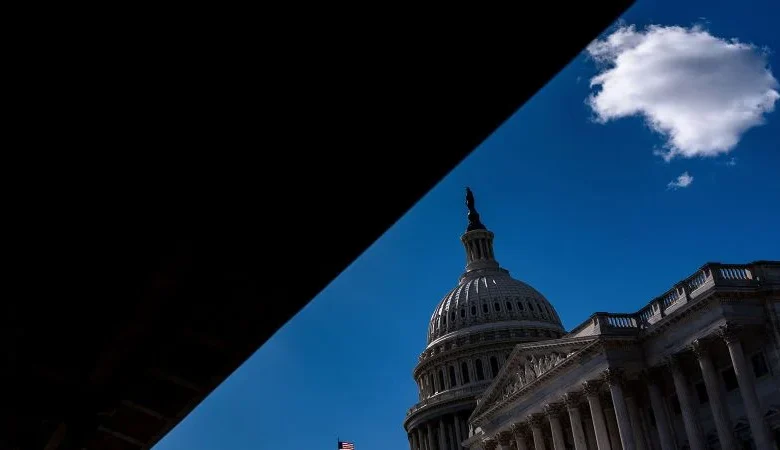The Fed will probably cut rates today. The shutdown could make future cuts more difficult

Washington
—
President Donald Trump has spent much of the year urging the Federal Reserve to deliver aggressive rate cuts in order to boost the economy. But the government shutdown ironically threatens the very momentum the administration seeks to preserve.
That’s because the shutdown has suspended the release of most official economic statistics the Fed relies on to set rates and steer the economy.
Central bankers agreed last month to start cutting rates for the first time since December. That’s because data through August showed a weakening labor market that seems increasingly at risk of falling of a cliff.
The Fed is set to announce a quarter-point rate cut on Wednesday at 2 p.m. ET, the conclusion of a two-day policy meeting. But if the government data blackout persists for much longer — obscuring how the world’s largest economy is faring — central bankers may revert to the same strategy that frustrated Trump earlier this year; standing pat until there’s better clarity.
“The Fed could conclude there’s so much uncertainty because of the lack of government data that it takes it slower with cutting rates than it normally would,” Kathy Bostjancic, chief economist at Nationwide, told CNN.
The Trump administration has taken advantage of the shutdown by defunding Democratic priorities and trying to fire thousands of federal workers. But it won’t be able to play the same card with the independent central bank, and the shutdown could backfire on the administration’s own economic goals.
That’s because when the direction of the economy is uncertain, officials lean toward holding rates steady, just as they did throughout most of this year when trying to ascertain the effects of Trump’s sweeping economic policies.
And now, the Fed’s rate-setting committee has reached a point where data is more crucial than ever, since it’s still unclear by how much inflation is going to climb due to Trump’s tariffs and whether layoffs will remain low as companies feel the sting.
The latest inflation data, the Consumer Price Index for September, came out last week despite the shutdown. It was released to ensure the report can be used as a basis for Social Security’s annual cost-of-living adjustments. The report was cooler than economists had predicted, but it still showed that Americans’ cost of living got even more expensive last month, with the annual inflation rate reaching its highest level since January.
But the September jobs report still hasn’t been released because of the shutdown; and the October jobs report, which is due November 7, is also unlikely. The October CPI, which is scheduled for November 13, could also be suspended if the shutdown drags on.
The Fed is “going into a period where you’re trying to figure out: Is this a transition?” Chicago Fed President Austan Goolsbee said in a radio interview earlier this month. “And if you’re not going to get the data, it’s just that much harder.”
Fed Chair Jerome Powell said as much at an economics conference earlier this month, stating that policymaking “could become more challenging.” Investors will be paying attention to how Powell characterizes the lack of government data and what it means for future policy moves at his post-meeting news conference scheduled for 2:30 p.m. ET on Wednesday.
Financial markets are overwhelmingly pricing in a December rate cut, according to the CME FedWatch Tool, but “delayed data due to the government shutdown… should also limit Powell’s willingness to commit to a specific policy path beyond October,” David Seif, chief economist for developed markets at Nomura, said in a note last week.
Fed officials themselves projected two more quarter-point rate cuts in their latest economic projections from September. They update their projections at every other meeting, so the newest ones are scheduled for December.
Powell said during his October 14 speech “that the outlook for employment and inflation does not appear to have changed much since our September meeting,” leaving the door open for additional cuts.
But some Fed officials are growing wary of lowering rates further.
“You don’t want to make a mistake, so the way to avoid that is to go cautiously or carefully and do [a quarter-point cut], wait and see what happens, and then you can get a better idea of what to do,” Fed Governor Christopher Waller told Bloomberg in an interview earlier this month.





